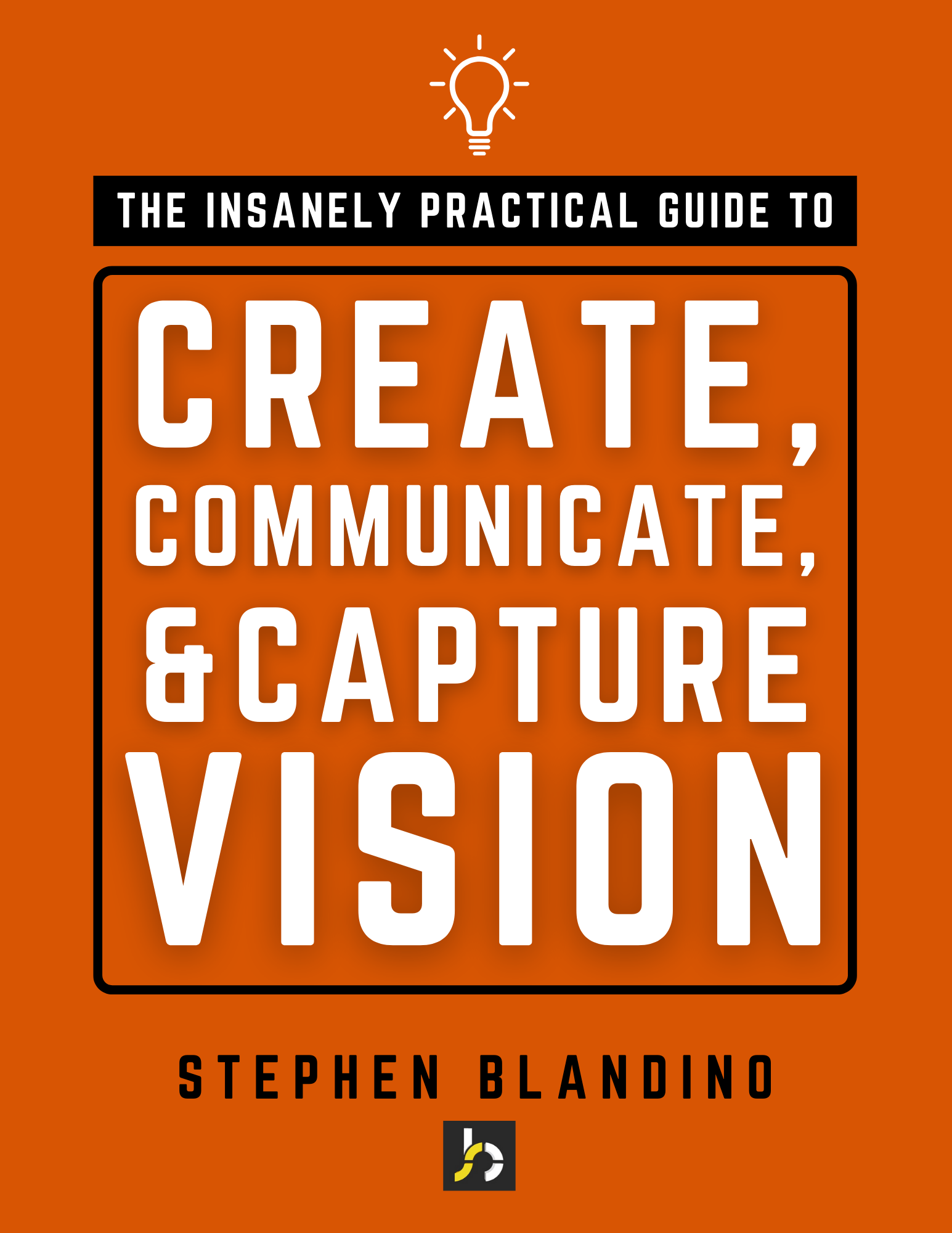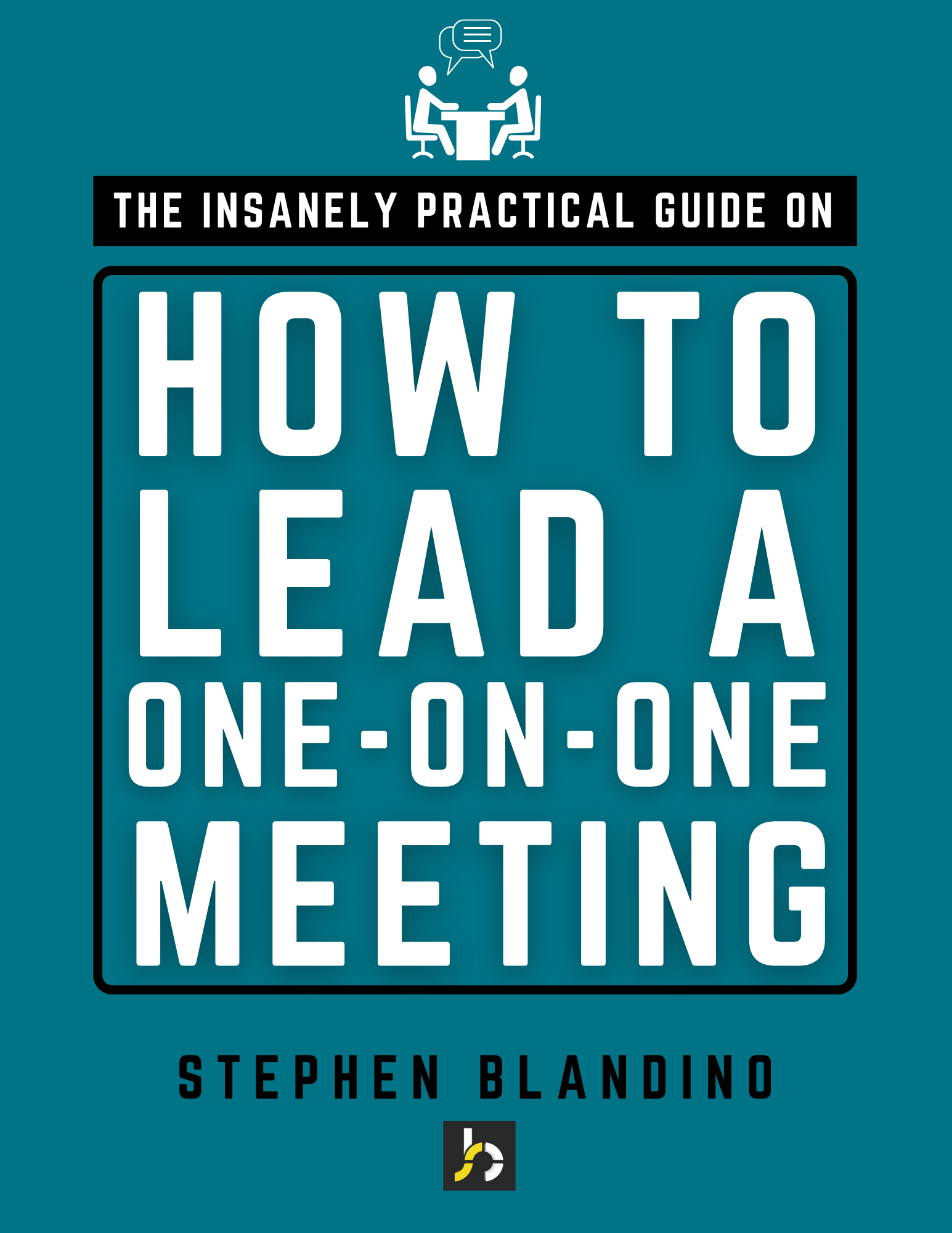Hiring new team members is one of the most important things a leader does. Every member of a team impacts the culture of an organization, which is why a quality onboarding process is so important. To ensure your organization’s onboarding process is comprehensive, focused, and effective, be sure to include these five steps.
1. The Basics
Anytime a new employee joins your team, there’s always a plethora of details to address. This list includes reading and signing your employee handbook, payroll, benefits, building keys, alarm codes, forms, processes, office hours, credit cards, accounts, budgets, business cards, and a hundred other details. Many of these items are so basic that it’s easy to assume people already know. Carefully list each detail, and who is responsible to walk new team members through each one.
Another basic, but very important, component of onboarding is to ensure the rest of the team has an opportunity to meet and interact with your newest hire. Depending on the size of the team, this may happen through a departmental lunch, an all-team gathering, or one-on-one.
2. Technology
Like “the basics,” it’s easy to assume new team members understand and have access to technological resources that are necessary to do their jobs. Before making a new hire, create a master list of technological tools, training, and guidelines to review during the onboarding process. Tools might include a computer, cell phone, office equipment, or other tools specific to an employee’s role.
Training will likely be much more broad, and may require a variety of other team members to actually provide the training. How will you train your staff on your organization’s office equipment, management software, project management tool, or other online programs? We use a host of resources at 7 City Church like Churchteams, Planning Center Online, Wufoo, Mailchimp, Survey Monkey, Office 365, Vimeo, Covenant Eyes, Dropbox, CCLI, Amazon Prime, and many others. What are the technologies used in your organization, and who will train your newest employees?
One final piece of technology to pay attention to is email, website, app, and social media accounts. Who will set-up your member’s email account? Do you need to post your team member’s photo on your website? Do they need login information for your website, app, or social media accounts? Do you have written email etiquette and social media policies that staff members are required to follow? Attention to these details is essential during the onboarding process. It’s always easier to address these issues before they become an issue.
3. Role Expectations
You’ll obviously discuss role expectations prior to hiring new staff. However, during the onboarding process, expectations should be clearly communicated in three ways.
First, provide a written role description. The role description should clarify the reporting structure, hours, expectations, and responsibilities. We usually condense this to 1-2 pages, but ensure clarity and specificity.
Second, articulate clear objectives and measurables for the first year. You may have your new hire create these objectives, and then submit them for your approval. Or, you may personally develop measurable based on your organization’s highest priorities. There’s a good chance it will be a mixture of both. Extraordinary clarity is essential to ensure team members are set up for success.
Third, carefully discuss your formal review process (when it occurs and how it works). At 7 City Church, our performance review evaluates progress in three areas: organizational goals, personal growth TRAC, and a leadership review (The leadership review evaluates character, chemistry, capacity, communication, commitment, and calling). For new employees, we also do a 90-day review.
Every member of your team needs to know what you expect, and how they will be evaluated on those expectations. If they have direct reports, they should know who they are and how often they meet. They should also know who they report to, and what the reporting relationship looks like.
4. Organizational DNA
You’ll likely share much of your organization’s DNA during the interview process. This is important because it helps you assess if the candidate fits the vision and direction of the organization. But, again, it’s crucial to review during the onboarding process. Organizational DNA should include seven areas.
- History – Provide a written journey of your organization’s history. How did it start? Who started it? What are major milestones in your history? What were your biggest challenges? How did your organization get to where it is today? History explains a great deal, especially when trying to understand the organization’s culture.
- Vision – What is the vision of the organization? Be careful not to skim past this with nothing more than a neatly crafted “vision statement.” Provide context, inspiration, stories of success, and opportunity to ask questions. It is critical that your staff members are all pulling in the same direction.
- Values – You may have two types of values: core values and team values. Your core values are likely the values your organization states publicly. These values define what the organization considers important above everything else. Team values, on the other hand, describe how your team functions. For example, at 7 City Church we have three team values. We say, “We are Servant Leaders, Team Players, and Hard Workers.” We interview for these values, teach these values, and include them in our annual and bi-annual reviews.
- Model – Does your organization operate by a specific model, philosophy, or series of steps? Is it visually diagramed? Explain your model, how it works, and how it shapes organizational decision-making.
- Goals and Direction – While your staff will have individual goals for their departments, there’s a good chance you have larger thematic goals shared by the entire team, or a strategic plan that is guiding the organization’s priorities. Be sure to explain these goals, how they were derived, status updates, and the role the new team member plays in their fulfillment.
- Governance and Teams – Help new staff understand the organization’s governing structure and any relevant organizational details. In addition, provide instruction on the teams within the organization, their role, and how the new staff member might interact with them.
- Programs and Products – Provide your newest hires with an overview of your organization’s programs, products, and services.
Explaining your Organization’s DNA will help new staff acclimate more quickly to your culture. It will also create alignment and prevent vision drift.
5. Staff Development
Finally, a good onboarding process will include a developmental growth process that helps new team members understand, internalize, and embrace your organization’s culture. In the first few months, have new staff read books, and listen to messages and leadership talks, that are core to your organization’s identity and culture. To personalize this developmental process, have them debrief what they have learned with the person they report to.
At 7 City Church, our new staff are given a list of books to read during their first year (each tied to one of our values), as well as messages to listen to that are core to our identity. Again, they debrief these with their supervisor. In addition, we’ve started asking new staff to complete Dave Ramsey’s course, Financial Peace University.
Each step in the onboarding process will increase clarity, improve communication, and speed up the acclimation process to the organization’s culture. These are essential, and will help ensure a successful experience for the new employee and the organization.









